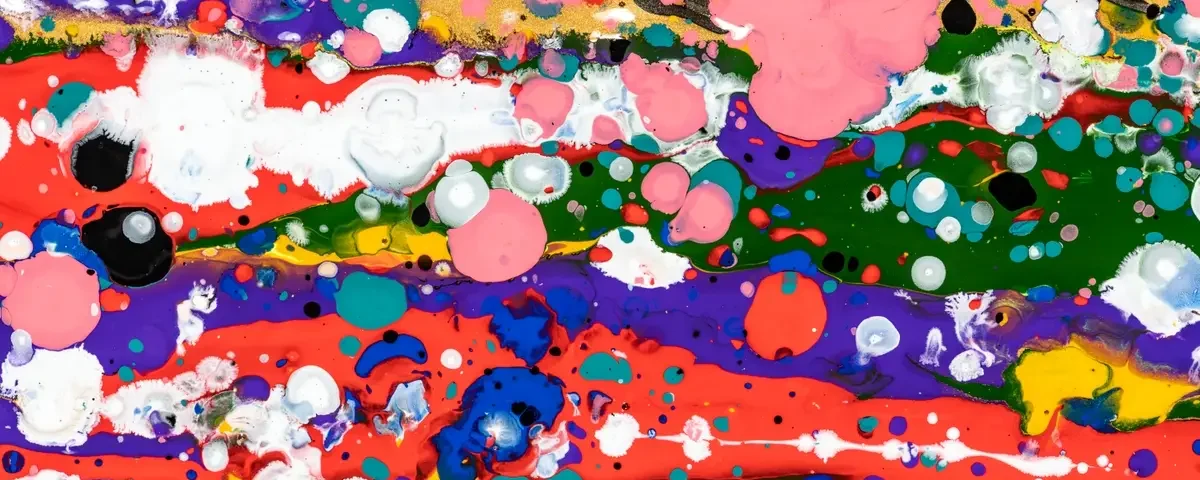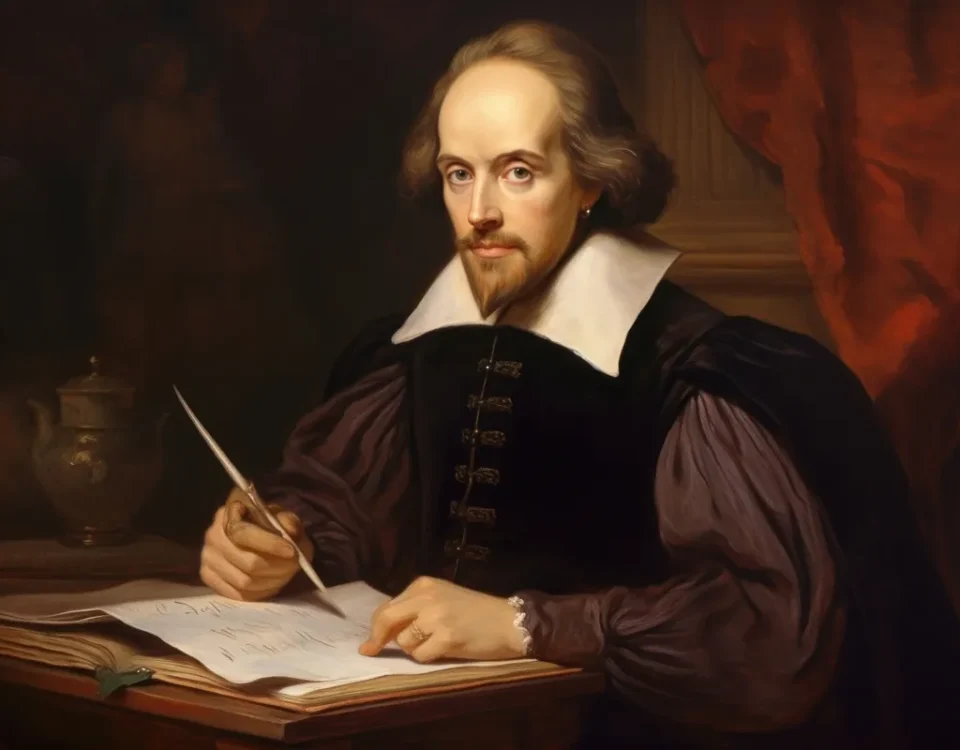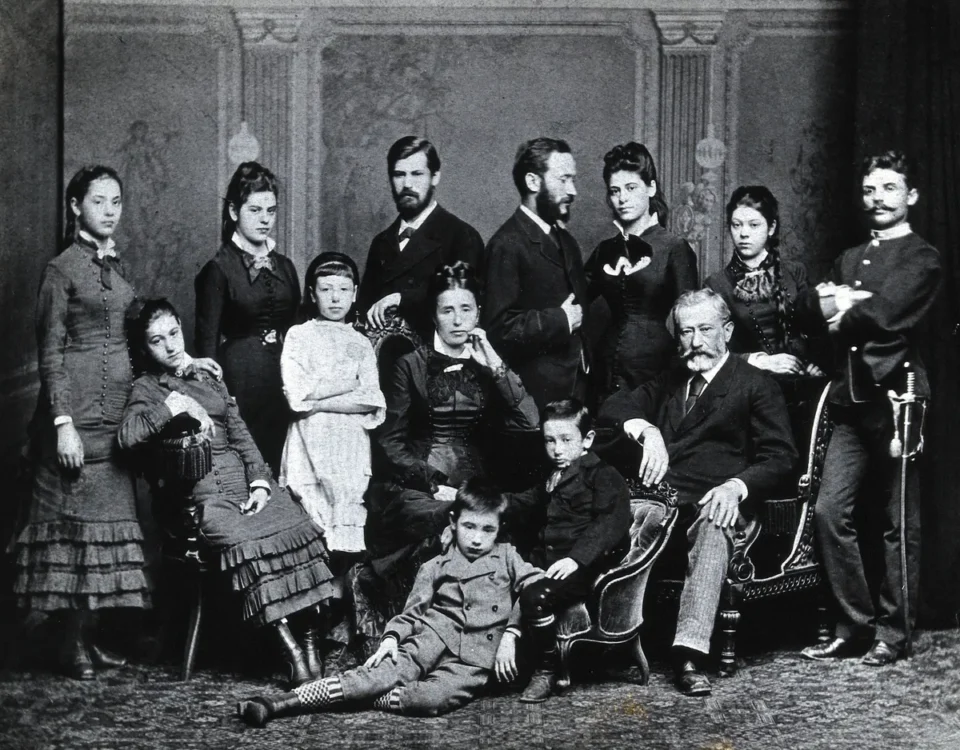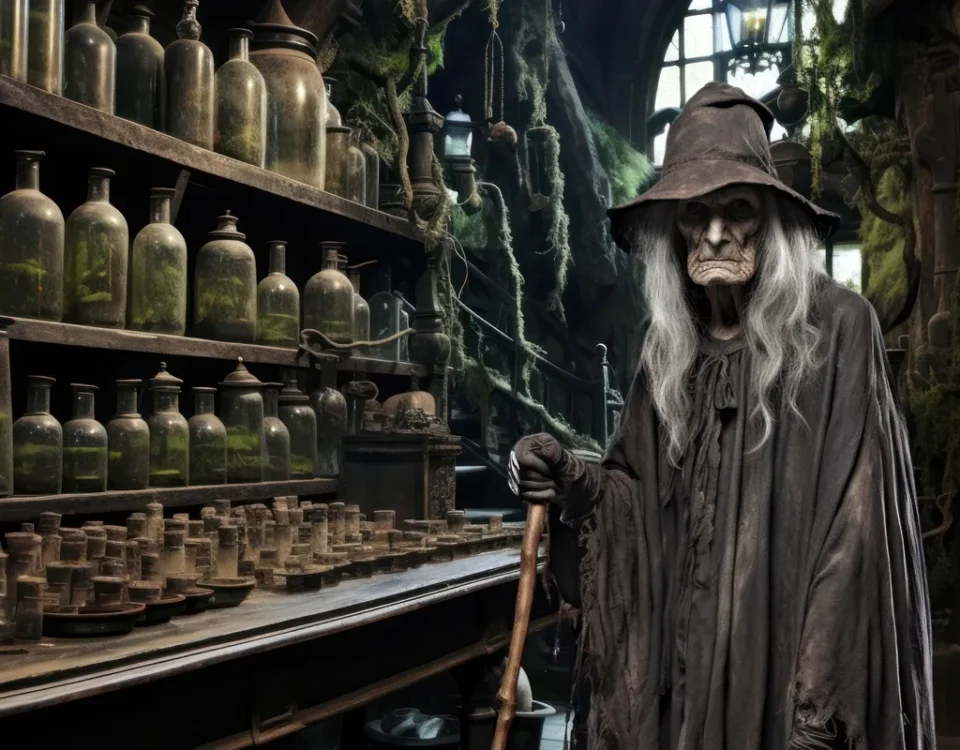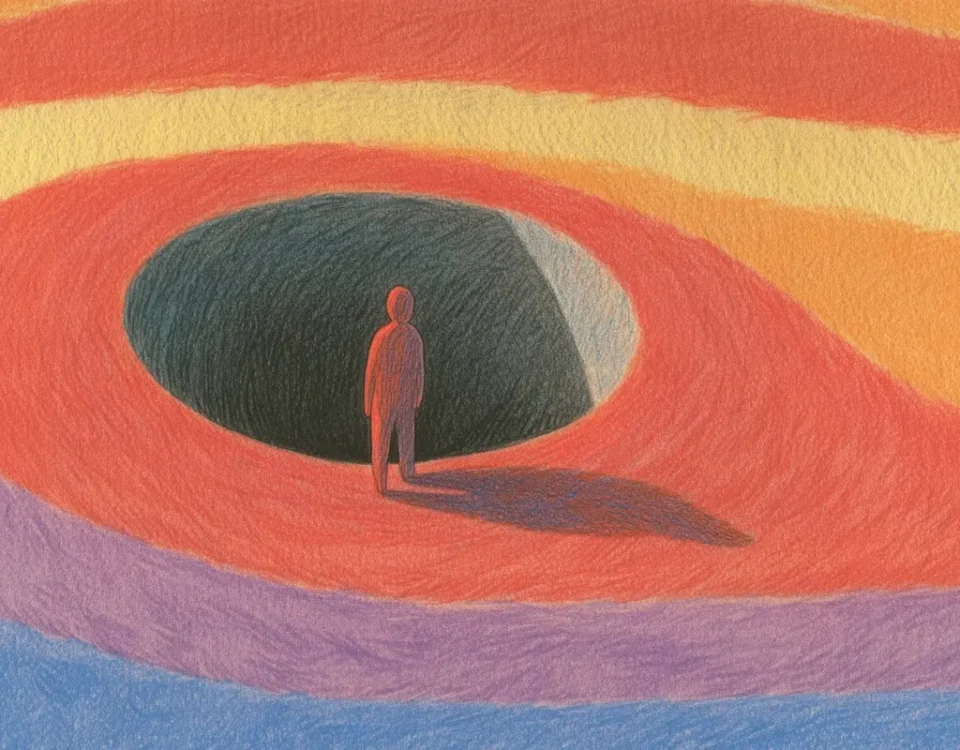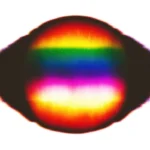
How I Accidentally Learned Everything about Pathology
April 11, 2025
If General Chemistry was Real Life
October 3, 2025Summary (TL;DR)
Collision theory in chemistry mirrors Dadaism’s chaos, while transition state theory aligns with Impressionism’s fleeting moments. Cubism reflects molecular geometry, capturing multiple perspectives, and Surrealism parallels resonance structures by embracing contradiction.
Minimalism resembles first-order reactions with simplicity, Baroque art echoes activation energy through drama, and Abstract Expressionism connects to dynamic equilibrium with balance amid chaos.
Together, chemistry and art reveal shared foundations of structure, transformation, and unpredictability.
Science and art are often seen as opposites—one rigid, the other free-flowing. But if you take a closer look, some of the most famous artistic movements align eerily well with fundamental chemical reactions and scientific methods. Here’s a guide to understanding the world of chemistry through the masterpieces of art history (or vice versa, depending on whether you’re wearing a lab coat or a beret).
Dadaism and the Collision Theory of Kinetics
Dadaism was an anti-art movement, a rebellion against logic and reason, where nonsense reigned supreme. Similarly, collision theory in chemical kinetics dictates that molecules need to collide with enough energy and in the right orientation for a reaction to occur. In both cases, the results can be unpredictable—sometimes, it’s a masterpiece; sometimes, it’s a mess.
Dada artists like Marcel Duchamp threw convention to the wind, much like how molecules in the gas phase chaotically bounce around, only occasionally forming something meaningful. If you’ve ever tried to mix reactants without a catalyst, you’ve probably felt the same frustration as early 20th-century critics staring at a urinal titled Fountain.

Marcel Duchamp’s Fountain, 1917
Impressionism and the Transition State Theory
Impressionist painters like Claude Monet sought to capture fleeting moments—light shimmering on water, a blur of motion. Similarly, transition state theory describes the fleeting, high-energy state that reactants pass through on the way to becoming products. The moment is brief, almost imperceptible, but crucial to the transformation.
If you’ve ever marveled at the hazy beauty of Water Lilies, you’ve witnessed the visual equivalent of an activated complex: unstable, momentary, yet necessary for the final product. Much like a successful reaction, Impressionist paintings only make sense when viewed as a whole—zoom in too much, and all you see are erratic brushstrokes.

Claude Monet’s Water Lilies, 1899
Cubism and Molecular Geometry Types
Cubism, pioneered by Picasso and Braque, fractured reality into geometric shapes, presenting multiple perspectives simultaneously. Molecular geometry types do the same thing—forcing us to see molecules as three-dimensional structures, not just flat Lewis diagrams. A tetrahedral carbon is, in essence, a Cubist masterpiece: fragmented yet whole, abstract yet scientifically precise.
Ever tried explaining the difference between molecular geometry and electron geometry? Congratulations, you’ve basically given an art lecture on Analytical Cubism.

Pablo Picasso’s Le Reve, 1932
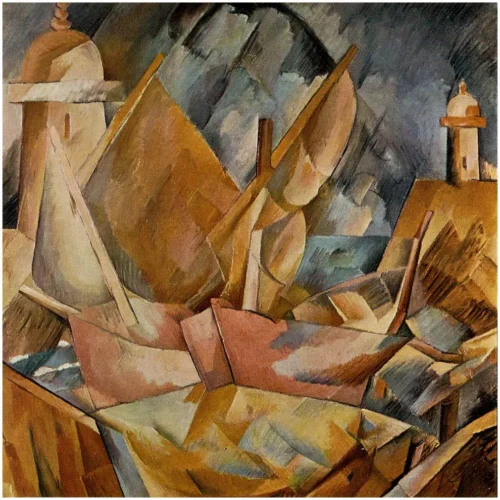
Georges Braque’s Little Harbor in Normandy, 1909
Surrealism and Resonance Structures
Surrealist artists like Salvador Dalí thrived on contradiction—melting clocks, dreamscapes, things existing in multiple states at once. This is exactly what resonance structures do in chemistry: they describe molecules whose electron distribution can’t be represented by just one structure.
Dalí’s The Persistence of Memory is the visual equivalent of how to do resonance structures—multiple depictions, each valid, yet none fully capturing the complete reality. If Dalí had been a chemist, he would have loved benzene.

Salvador Dalí’s Persistence of Memory, 1931
Minimalism and the Rate Law of First Order Reactions
Minimalist artists strip away the unnecessary, reducing compositions to their simplest elements. Likewise, the rate law of first order reactions is beautifully simple: reaction rate depends only on one reactant. No complex interactions, no second-guessing—just a single entity dictating the outcome.
Take Donald Judd’s stark, repetitive structures. Each block, like a decaying radioactive atom, follows a predictable, clean mathematical progression. First order reaction rate law is basically Minimalism with logarithms.
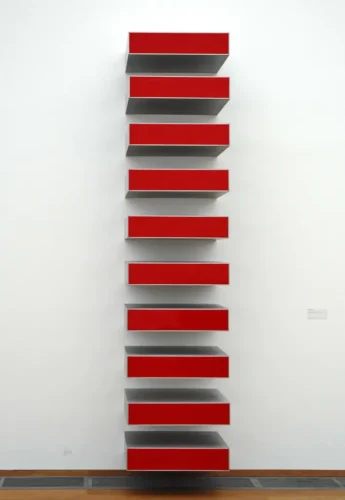
Donald Judd’s Untitled, 1968
Baroque Art and Activation Energy
Baroque art is all about drama—high contrast, exaggerated motion, emotional intensity. It’s the artistic equivalent of needing activation energy in a reaction. Just as a Baroque painting demands a certain level of emotional investment before it “clicks,” many reactions require a push to get started.
Take Bernini’s Ecstasy of Saint Teresa: the raw energy, the movement, the intensity—it’s the visual embodiment of the energy needed to overcome a reaction’s activation barrier. Without enough energy, both remain static: one as unreacted molecules, the other as a block of marble.
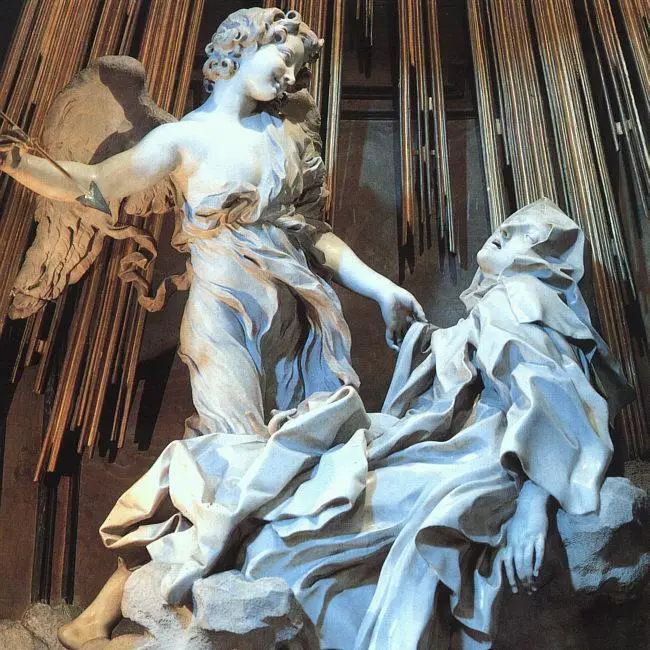
Gian Lorenzo Bernini’s Ecstasy of Saint Teresa, 1652
Abstract Expressionism and Dynamic Equilibrium
Abstract Expressionism, championed by Jackson Pollock, rejected traditional forms in favor of spontaneity. His drip paintings may look chaotic, but they operate under a balance of motion and control—just like dynamic equilibrium in chemistry.
In a chemical system at equilibrium, reactions occur in both directions at the same rate, maintaining balance. Similarly, in a Pollock painting, every splatter and line is carefully (or accidentally) countered by another, resulting in a composition that feels both chaotic and stable. You might not see the equilibrium, but you feel it.
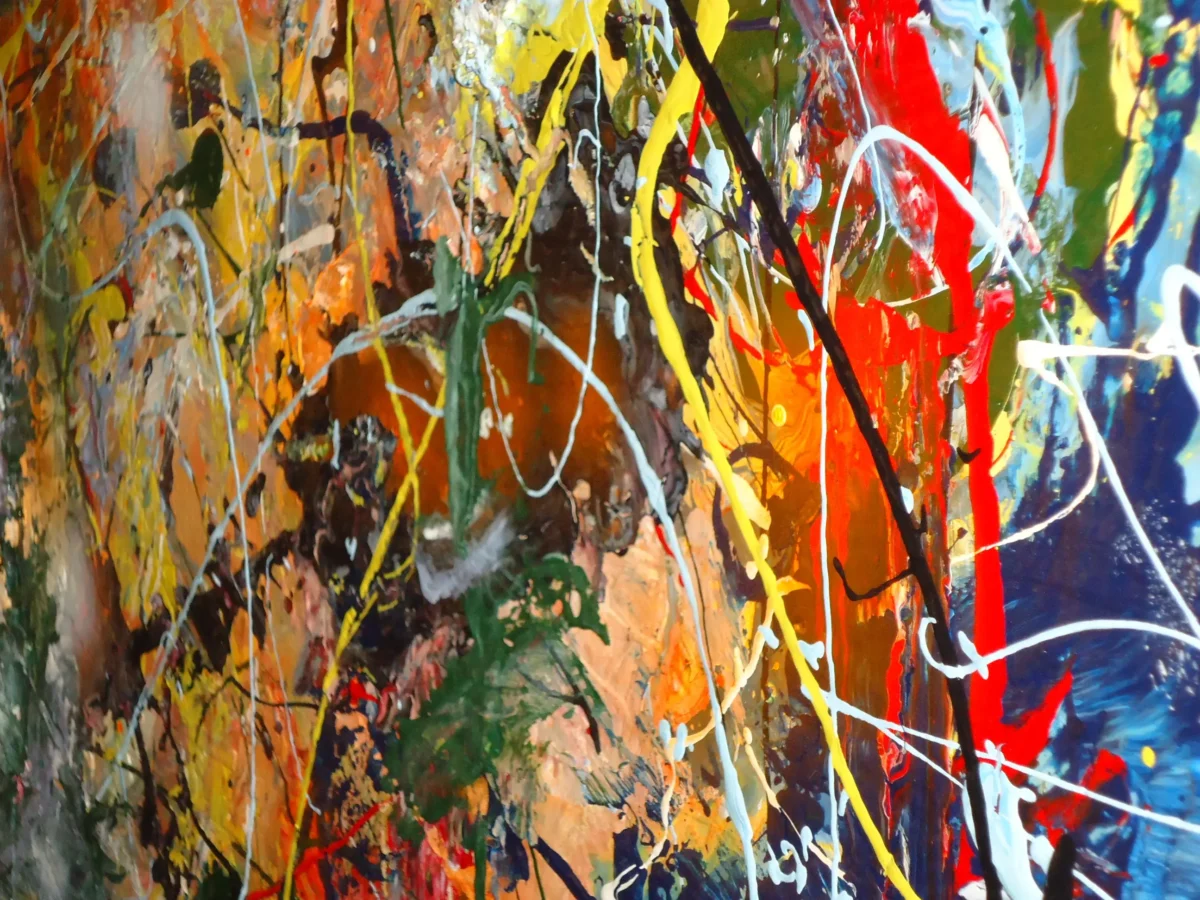
Jackson Pollock’s Untitled, 1946
Art and chemistry may seem like different worlds, but in reality, they share the same fundamental principles: structure, transformation, and sometimes, sheer unpredictability. Whether you’re analyzing a molecule or a masterpiece, it all boils down to how things interact—and, occasionally, how they explode in unexpected brilliance.
Topic FAQs
Take Your Medical Education to the Next Level with Physeo
Whether you're preparing for Step 1, Step 2, or striving to become a more confident and compassionate physician, Physeo is here to support your journey. Our resources are designed to help you master complex concepts, stay motivated, and achieve your goals.
📚 Unlock Premium Study Tools
Dive into our comprehensive video lessons, image mnemonics, and proven study plans tailored for success. Check out Our Plans to explore subscription options and find the perfect plan for your needs.
💡 Stay Inspired with Our Blog
Looking for tips on excelling in medical school, overcoming burnout, or balancing life as a student or professional? Check out our Blog. It’s your go-to resource for actionable advice and stories from fellow medical students and professionals.
📺 Boost Your Learning with Our YouTube Channel
Prefer learning through videos? Subscribe to our YouTube channel for free tutorials, step-by-step explanations, and expert insights to help you ace your exams and thrive in your medical career.
📱 Connect with Us on Social Media
Stay updated, inspired, and connected with Physeo across our social media platforms:
- Instagram: Follow us on Instagram for daily motivation, study tips, and behind-the-scenes content.
- Facebook: Join our community Here for updates, discussions, and support.
- LinkedIn: Connect with us professionally at LinkedIn for industry insights, career advice, and networking opportunities.
🚀 Ready to Excel?
Invest in yourself and your future patients by joining the Physeo community today. Let’s work together to create a generation of healthcare providers who lead with knowledge and compassion.
Start Your Journey NowAuthor
Emily Dinning
Physeo Director of Creative Content
Latest articles
Our newsletter
- Work-Life Balance
- USMLE Prep
- Study Tools
- Stress Management
- Spaced Repetition
- Residency Applications
- Physeo
- Personal Growth
- Pathology Education
- OB/GYN Specialty
- Nutrition
- Neuroscience
- Mental Health
- Medical School Tips
- Healthcare Innovation
- Global Health
- Fitness & Wellness
- Faith & Medicine
- Doctor-Patient Relationships
- Creativity in Science
- Career Planning
- Anatomy Mastery

